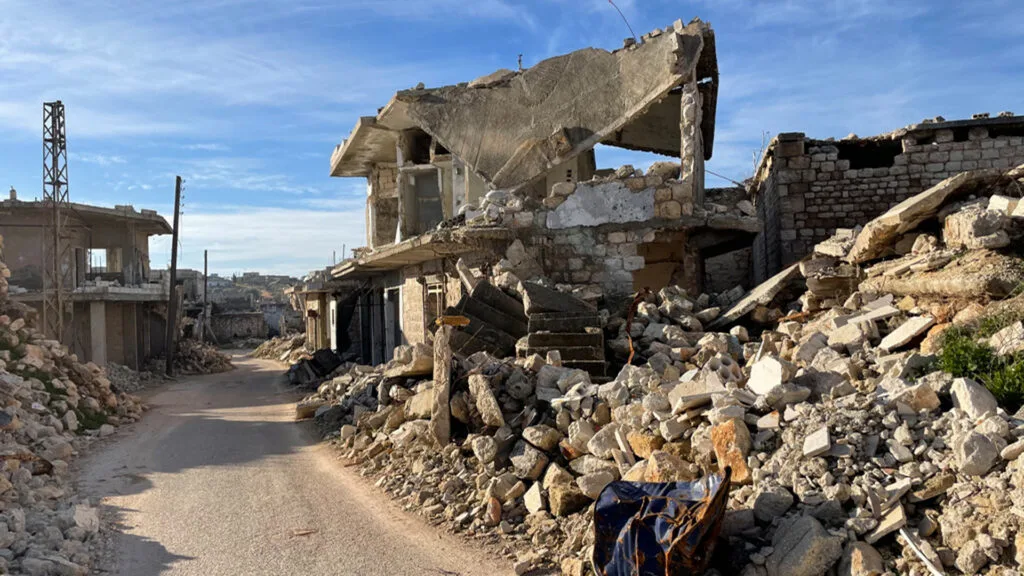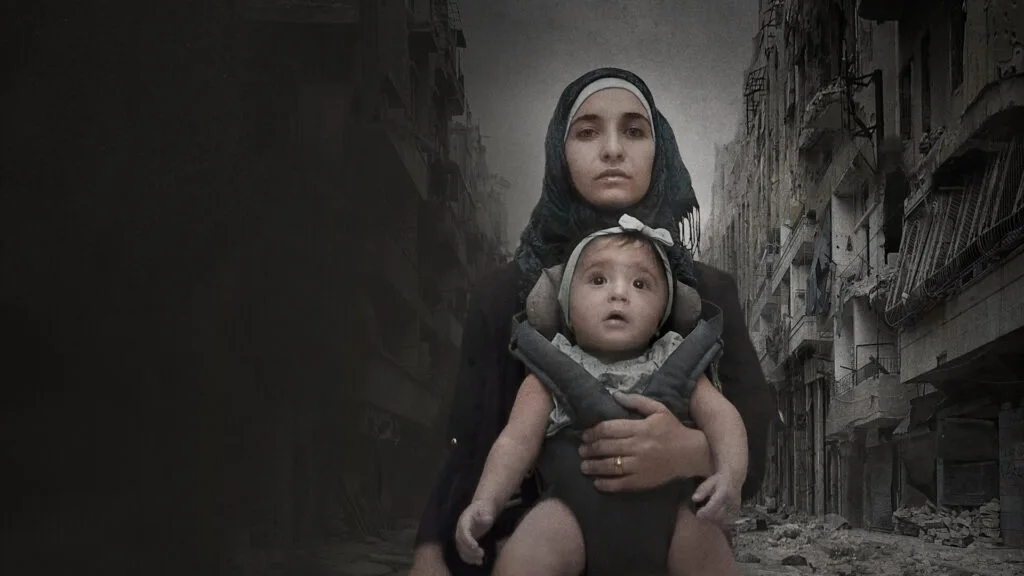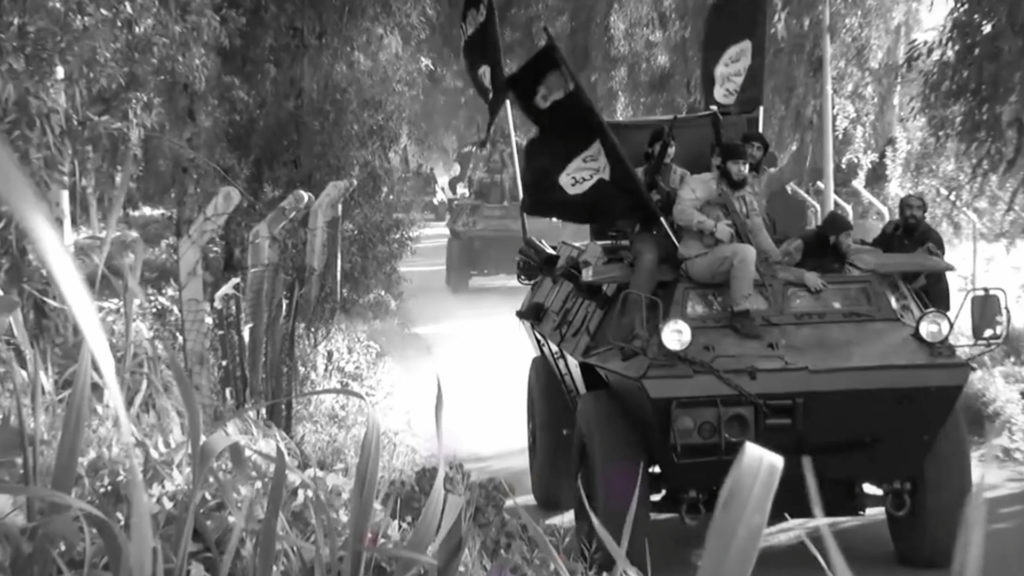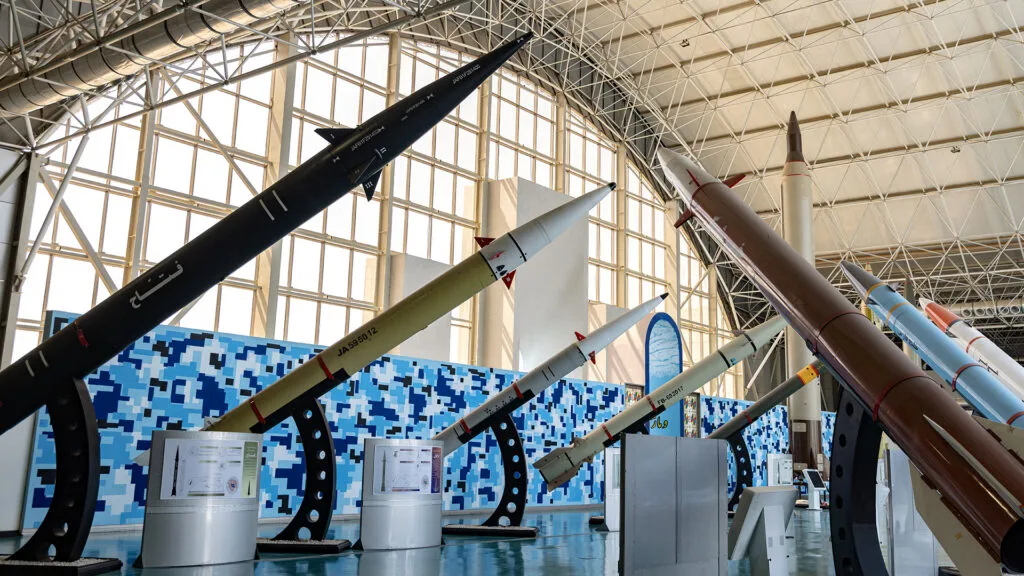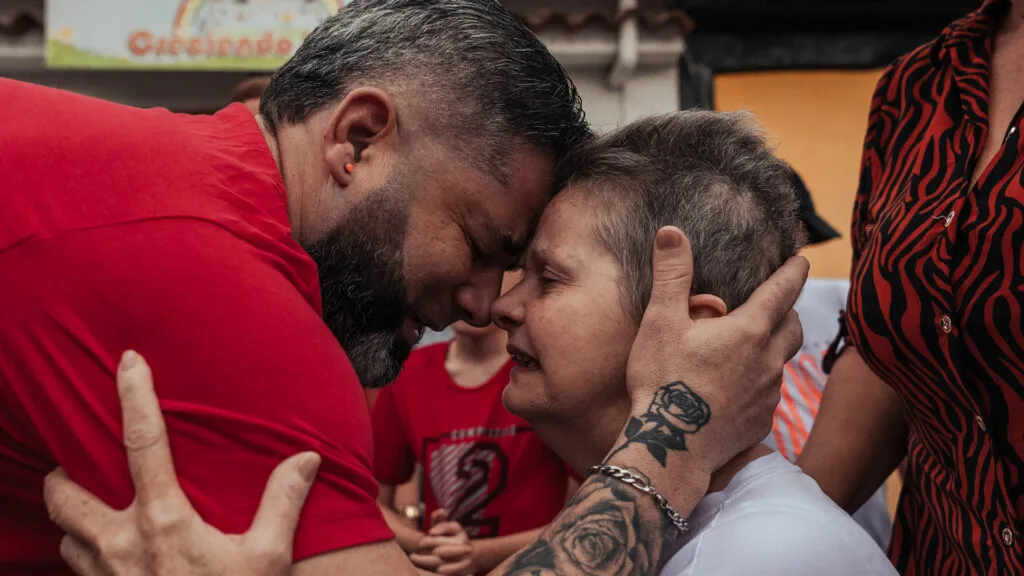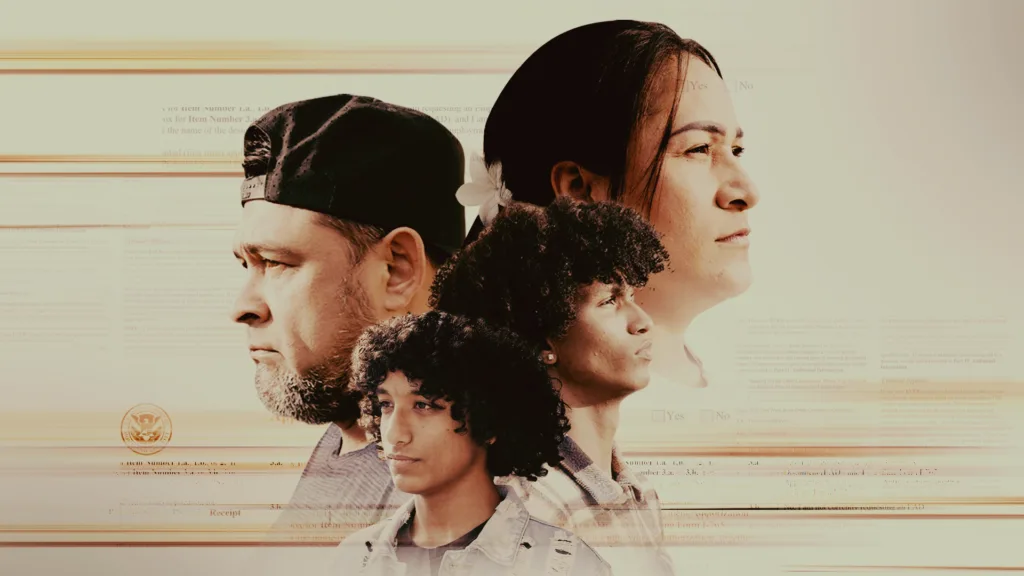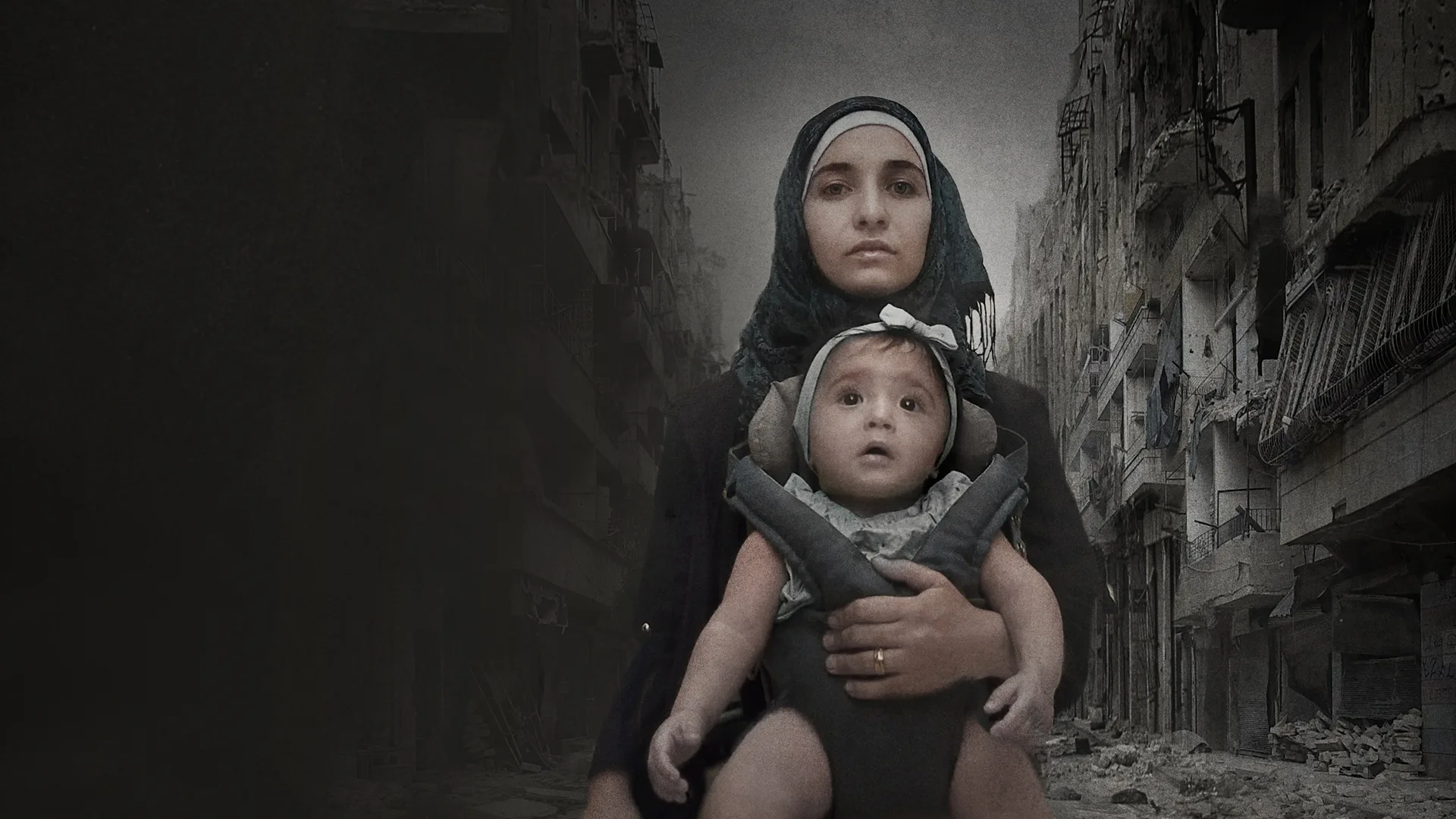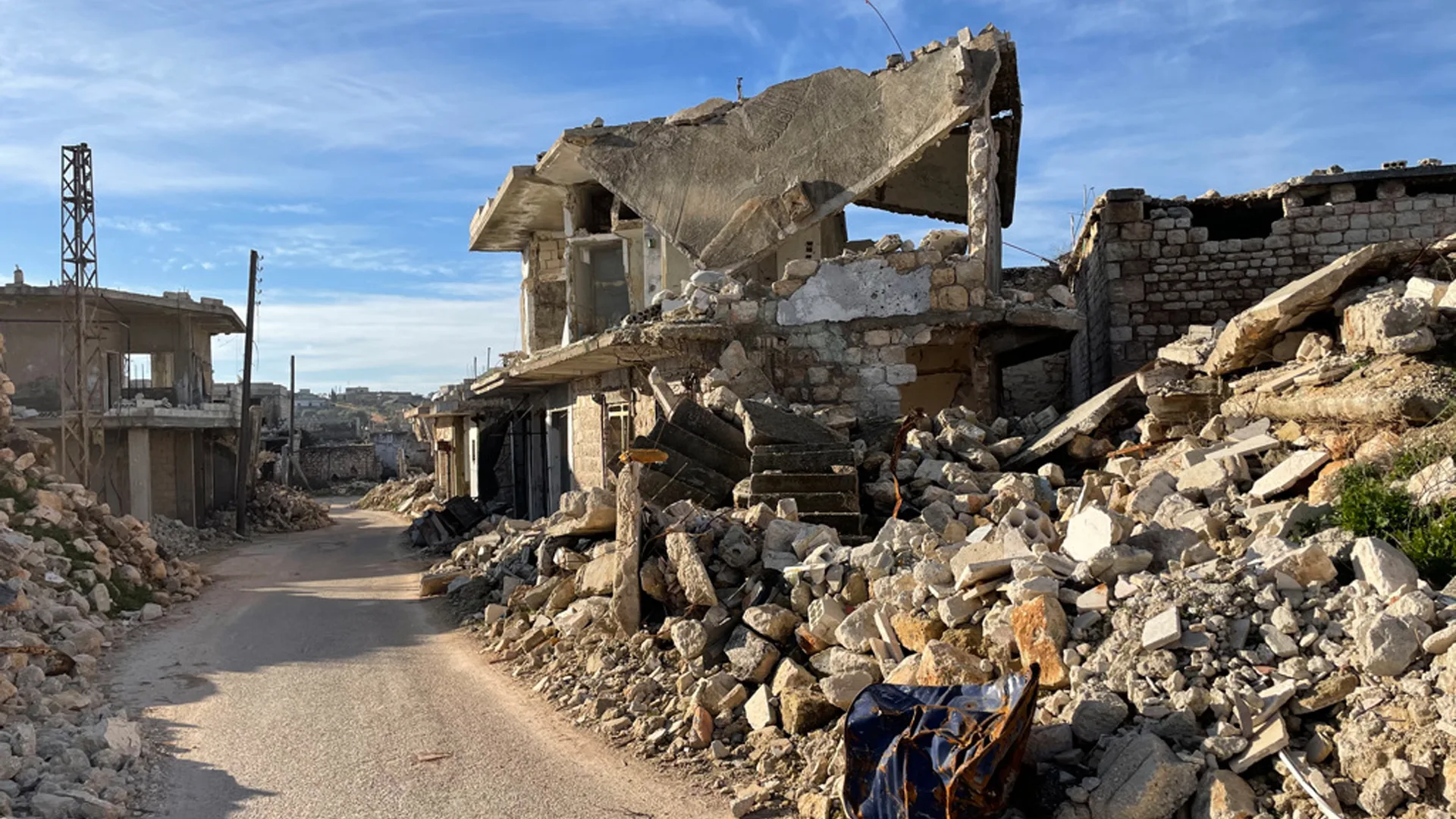As Syrian Rebels Re-Ignite Conflict And Take Aleppo, Revisit FRONTLINE’s Reporting
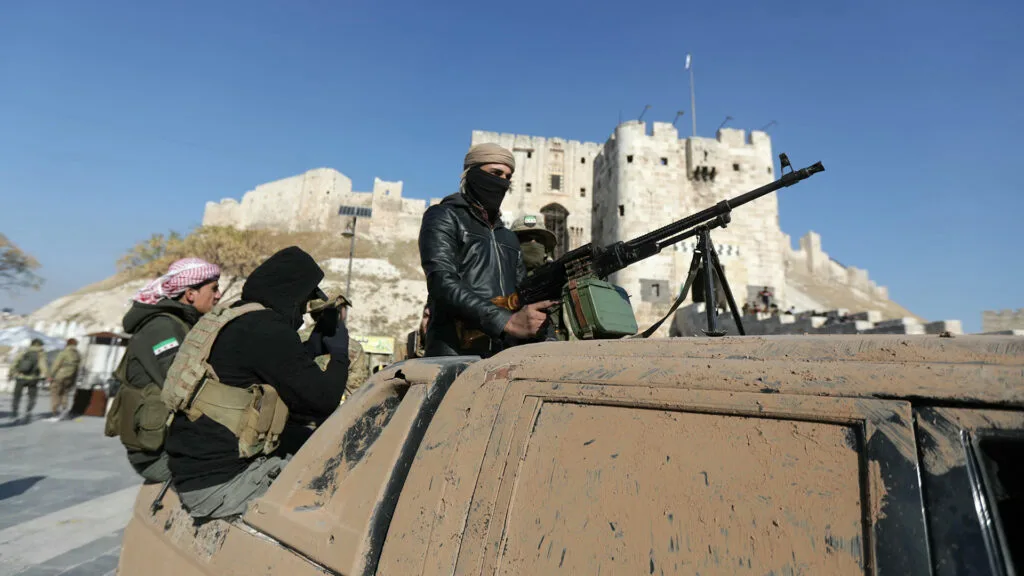
December 3, 2024
Share
After years of stalemate, the conflict in Syria has erupted once again, with forces opposed to the regime of Bashar al-Assad seizing control of territory in northwestern Syria, including much of the city of Aleppo.
FRONTLINE has been covering the war in Syria since it began in 2011, tracing its origins and evolution, its impact on the country’s people, and how the U.S. has responded. The city of Aleppo became an early flashpoint in the conflict; Children of Aleppo (2014) and Children of Syria (2016) revealed what everyday life in a war zone is like through the eyes of children. The award-winning documentary For Sama (2019) chronicled the brutal siege and bombardment of the city, which ended with Assad’s forces gaining control in 2016.
The surprise rebel offensive and capture of Aleppo marks a major escalation since then. One of the groups leading the new fight is Hayat Tahrir al-Sham (HTS), which once had ties to Al Qaeda. The group’s leader Abu Mohammad al-Jolani — a Syrian Islamist militant labeled a terrorist by the U.S. since 2013 — was featured in our 2021 documentary The Jihadist. On Dec. 1, National Security Advisor Jake Sullivan said the U.S. has “real concerns” about the objectives of HTS.
The rebel offensive comes as Assad’s allies are focused on their own battles: Russia on its invasion of Ukraine, and Iran and its Lebanese proxy militia Hezbollah on a war with Israel. The Syrian military and Russia have responded to the offensive by conducting joint air raids on rebel-held territory.
To understand how the Syrian conflict reached this moment, watch FRONTLINE’s reporting about the fight, its ongoing toll and the ripple effects across the world.
The Roots of the Syrian Uprising & the Assad Regime’s Response
The Regime (2011)
From the first year of the conflict, this documentary looks at how the Syrian rebellion began, how Assad moved to crush it and how his regime originally came to power.
The Regime Responds (2012)
This documentary examined how Assad held on to power eighteen months into the rebellion via increasingly brutal means, including attacking civilian neighborhoods, as opposition tactics also escalated.
Inside Assad’s Syria (2015)
Filmed inside government-controlled areas of Syria, this documentary examined the contrast between the Assad regime’s PR campaign and the reality of life on the ground, as well as why many regime loyalists equated all opponents of Assad with ISIS.
Inside the Syrian Opposition
Syria Undercover (2011)
With undercover reporting, this film followed members of the Syrian opposition movement who were forced into hiding, revealing accounts of torture by government security forces.
The Battle for Syria (2012)
This documentary followed Syria’s rebel leaders and warring factions within the opposition movement, finding that some had turned to brutal means.
Syria’s Second Front (2014)
Believed to be the first in-depth U.S. TV report on the emergence of ISIS, this film showed how, three years into Syria’s war, rebel forces were no longer fighting only the Assad regime but were also vying for control against a ruthless group calling itself the Islamic State.
Syria: Arming the Rebels (2014)
This documentary followed Syrian rebel fighters who said they were being secretly armed and trained by the United States, part of a covert U.S. intelligence program.
The Jihadist (2021)
Over most of two decades, Abu Mohammad al-Jolani’s life was a roadmap of Islamist militancy in Iraq and Syria. Designated a terrorist by the United States, the powerful Syrian militant said his fight was with Assad, not the U.S., in his first interview with a Western journalist.
Firsthand Accounts of War & Displacement
Syria Behind the Lines (2013)
Filmed in Syria’s rural Orontes River valley, this documentary looked at how the conflict pitted neighbor against neighbor: on one side, a young rebel soldier fighting to the death to bring down Assad, and facing him, a career soldier determined to preserve the regime’s hold on power.
Children of Syria (2016)
An Oscar nominee, this documentary followed four children surviving in war-torn Aleppo, their escape to safety in Germany and their adjustment to life as refugees.
Exodus (2016)
This panoramic film told the first-person stories of refugees and migrants fleeing persecution and war worldwide, including in Syria. It incorporated footage filmed by the refugees themselves as they left their homes on dangerous journeys in search of safety, including a harrowing sequence filmed by a Syrian refugee on a sinking dinghy crossing the Mediterranean — a journey on which thousands have died.
Exodus: The Journey Continues (2018)
A sequel to the 2016 film, this documentary told the intimate, firsthand stories of refugees and migrants from the Middle East and Africa who, caught in Europe’s tightened borders, faced the global rise of nationalism and anti-immigrant sentiment. It expanded on the story of a Syrian family featured in 2016’s Exodus.
For Sama (2019)
This Oscar-nominated film documented the harrowing realities of the siege on rebel-held Aleppo and what Physicians for Human Rights described as “systematic” hospital bombings by Assad’s military and Russian forces. The documentary unfolded from a rare perspective: that of a female filmmaker, Waad al-Kateab, married to one of the last doctors who remained in the war-torn city, as she tried to raise her baby daughter, Sama, amid the devastation.
Foreign Intervention
The Rise of ISIS (2014)
This documentary traced how the extremist group that would become known as ISIS rose to power, including by taking advantage of the conflict in Syria, and examined the stakes of disagreements inside the Obama administration over whether to provide arms to moderate rebels.
Obama at War (2015)
This documentary chronicled how then-President Barack Obama responded to the Syrian uprising, the Assad regime’s crackdown and the chaos that followed. The film paid particular attention to deep divisions within the Obama administration about what the U.S.’s role should be, including what happened when the White House assessed that the Assad regime had crossed what Obama once called “a red line” — the use of chemical weapons on civilians — and how Russia stepped in with a diplomatic proposition.
The Secret History of ISIS (2016)
As part of its examination of how ISIS came to be, this documentary recounted how the group’s first leader, Abu Bakr al-Baghdadi, exploited the Syrian uprising and sent agents into Syria to commit bloody attacks and fuel the war, ultimately seizing large swaths of territory and declaring a capital in Raqqa.
Confronting ISIS (2016)
This film examined the successes and failures of the U.S.-led effort to degrade and destroy ISIS, including the Obama administration’s struggle to deal effectively with the crisis in Syria, and what happened when Putin’s military entered the fray.

Email:
refael_kubersky@wgbh.orgRelated Documentaries
Latest Documentaries
Related Stories
Related Stories
Explore
Policies
Teacher Center
Funding for FRONTLINE is provided through the support of PBS viewers and by the Corporation for Public Broadcasting, with major support from Ford Foundation. Additional funding is provided the Abrams Foundation, Park Foundation, John D. and Catherine T. MacArthur Foundation, Heising-Simons Foundation, and the FRONTLINE Trust, with major support from Jon and Jo Ann Hagler on behalf of the Jon L. Hagler Foundation, and additional support from Koo and Patricia Yuen. FRONTLINE is a registered trademark of WGBH Educational Foundation. Web Site Copyright ©1995-2025 WGBH Educational Foundation. PBS is a 501(c)(3) not-for-profit organization.


